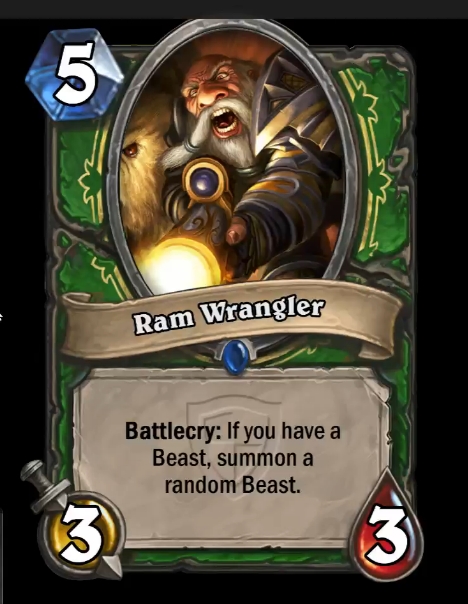Using the terminology I'm familiar with...
Tempo -> Bluefin Murloc
Card Advantage -> Arcane Intellect
So aggro decks are tempos decks whereas control decks are card advantage decks. The first tries to go from 30-0 as soon as possible. The latter will grind you down until you're out of cards and they have a full hand. Midrange is somewhere in the middle, where they'll jockey for board position and put the other guy on a clock (number of turns until death) without giving up card advantage to do it (Piloted Shredder, Flamewalker, Highmane).
Under this gradient both Varian and Ysera would be high card advantage cards and low tempo (because they come very late in the game). On average I think Varian will generate more CA than Ysera because Varian's is instantaneous whereas Ysera's is given in installments. But even at the high end of CA cards, there's still differences in tempo and Varian generates much more tempo than Ysera does, like how Rag will affect the board much faster than Alexstrasza.
Tempo -> Bluefin Murloc
Card Advantage -> Arcane Intellect
So aggro decks are tempos decks whereas control decks are card advantage decks. The first tries to go from 30-0 as soon as possible. The latter will grind you down until you're out of cards and they have a full hand. Midrange is somewhere in the middle, where they'll jockey for board position and put the other guy on a clock (number of turns until death) without giving up card advantage to do it (Piloted Shredder, Flamewalker, Highmane).
Under this gradient both Varian and Ysera would be high card advantage cards and low tempo (because they come very late in the game). On average I think Varian will generate more CA than Ysera because Varian's is instantaneous whereas Ysera's is given in installments. But even at the high end of CA cards, there's still differences in tempo and Varian generates much more tempo than Ysera does, like how Rag will affect the board much faster than Alexstrasza.




